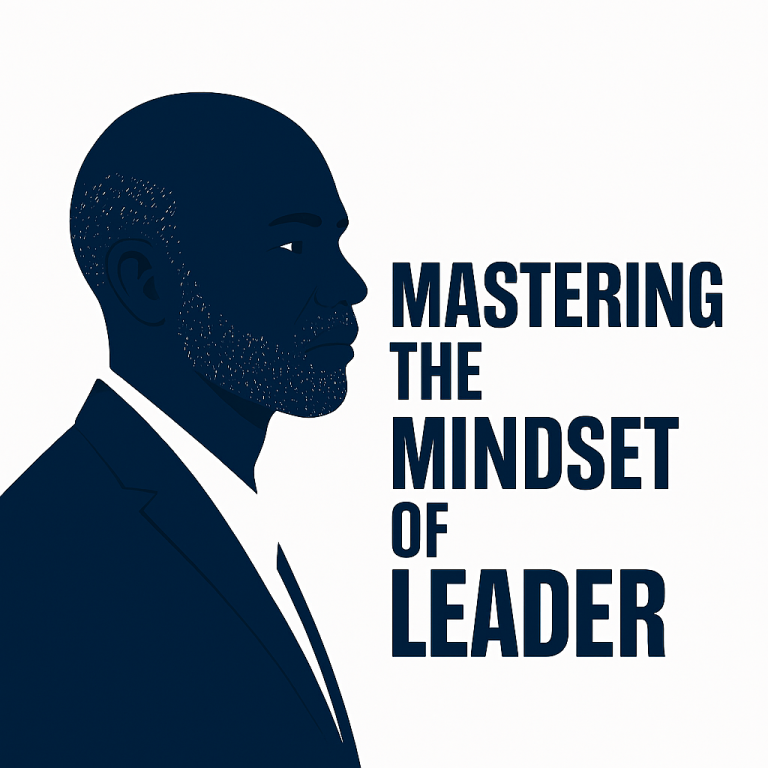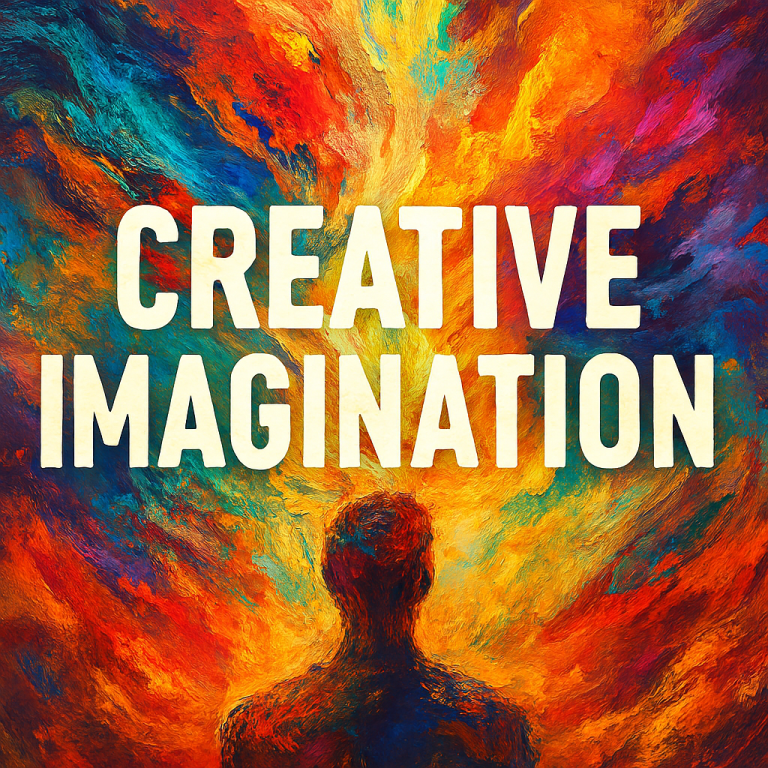
Sydney 2000 Olympics Magical 25 Years Of Psychological Legacy
Why the Sydney Olympics Still Matter & The Emotional Architecture of a Nation’s Defining Moment
Introduction – A Nation Reimagined
Twenty-five years ago, Sydney hosted the Olympic Games and reshaped Australia’s emotional and cultural landscape. The Sydney 2000 Olympics were more than a sporting event – they became a psychological turning point for national identity, civic pride, and ecological renewal. From Cathy Freeman’s torch lighting to the transformation of Homebush Bay, the Games were layered with symbolic meaning. They unified Australians across generations, backgrounds, and beliefs. The legacy continues to shape urban planning, community engagement, and cultural storytelling. This anniversary is not just a celebration of athletic achievement – it is a reflection on how shared memory and emotional resonance can define a nation’s future.
Sydney 2000 Olympics Magical 25 Years On
Reframing Australia’s Identity Through Emotional Legacy
The Sydney 2000 Olympics marked a pivotal moment in how Australia was perceived on the global stage. For the first time, the country projected a unified image that blended ancient heritage, multicultural diversity, and urban sophistication. International broadcasters praised the Games for their organization, hospitality, and emotional depth. The ceremonies showcased Indigenous culture alongside contemporary performance, offering a layered narrative that resonated with viewers worldwide. Australia was no longer seen solely through the lens of outback landscapes and sporting prowess – it was recognized as a nation capable of hosting a complex, inclusive, and emotionally intelligent global event.
The psychological impact of this shift was profound. Australians felt a renewed sense of pride in how their country was represented. The Games challenged outdated stereotypes and invited the world to engage with Australia’s evolving identity. The emotional tone of Sydney 2000 – celebratory, reflective, and symbolically rich – became a template for future cultural diplomacy. The success of the event strengthened Australia’s reputation as a reliable host for international gatherings, from sporting championships to environmental summits.
This reframing also influenced domestic attitudes. Australians began to see themselves as part of a global narrative, capable of contributing meaningfully to international discourse. The Games fostered a sense of belonging and emotional connection that extended beyond sport. It was a moment when national identity was not just performed but reimagined. The psychological legacy of Sydney 2000 continues to shape how Australia presents itself to the world – with confidence, complexity, and emotional resonance.

Emotional Blueprint – Designing for Resonance
The Sydney Olympics were architected to evoke pride, unity, and cultural depth. Every detail – from the volunteer uniforms to the opening ceremony – was crafted to foster emotional connection. The Games emphasized multiculturalism, reconciliation, and ecological transformation. Homebush Bay’s renewal into Sydney Olympic Park symbolized rebirth and healing. The emotional tone was inclusive and optimistic, inviting Australians to see themselves as part of a larger story. The psychological architecture of the Games was deliberate and enduring. It laid the foundation for a new kind of national storytelling, one rooted in shared experience and symbolic action.
Cathy Freeman – A Moment of National Healing
Cathy Freeman’s 400m gold medal win remains one of the most emotionally charged moments in Olympic history. Her race was not just athletic – it was symbolic and transformative. As an Indigenous athlete lighting the Olympic Cauldron, Freeman embodied reconciliation and national unity. Her victory allowed Australians to confront and reframe their relationship with Indigenous history. The image of Freeman in her silver bodysuit beneath the Olympic flame became a national icon. Her presence was a deliberate act of emotional storytelling, and her win marked a psychological rupture that continues to resonate.
The Olympic Spirit that Endures 25 Years On
Urban Transformation – From Pollution to Renewal
Before the Games, Homebush Bay was a polluted industrial site. The Olympics catalyzed its transformation into Sydney Olympic Park – a district of wetlands, parklands, and community spaces. This ecological renewal was not just physical – it was symbolic of Australia’s commitment to sustainability and public health. The venues were designed for long-term use, balancing international competition with community access. Today, the Park hosts football, rugby, cricket, concerts, and school events. Its evolution reflects the Games’ enduring legacy of environmental stewardship and civic engagement.
Volunteers – The Emotional Backbone of the Games
Over 47,000 volunteers supported the Sydney Olympics, forming the emotional backbone of the event. Their presence created a welcoming atmosphere that defined the Games’ tone. Volunteers were trained not just in logistics but in hospitality and cultural sensitivity. Their uniforms became symbols of pride and unity. Many volunteers still describe the experience as life-changing, citing a sense of purpose and connection. The volunteer program demonstrated how civic participation can foster emotional investment and national pride. It remains a model for future events worldwide.
Youth Engagement – Inspiring a Generation
The Sydney Olympics placed youth at the heart of its legacy. School programs, athlete visits, and community activations created lasting memories for young Australians. The Olympic Torch relay passed through schools and towns, embedding the Games into everyday life. Today, the 25th anniversary is being marked through school initiatives and storytelling projects. The Australian Olympic Committee’s roadshow continues to bring Olympic values to classrooms. These efforts ensure that the emotional impact of Sydney 2000 is passed on to new generations.

Australia’s Identity National Healing
Cultural Storytelling – A New National Narrative
The opening and closing ceremonies of Sydney 2000 were rich in cultural symbolism. Indigenous dance, multicultural performances, and ecological motifs framed Australia as a diverse and inclusive nation. These ceremonies were not just entertainment – they were acts of national storytelling. They redefined how Australia presented itself to the world. The emotional resonance of these performances continues to influence cultural events and public discourse. They offered a blueprint for how art and ritual can shape collective identity.
Athletic Icons – Embodying National Aspirations
Beyond Cathy Freeman, athletes like Ian Thorpe and Michael Johnson became symbols of excellence and grace. Thorpe’s multiple gold medals in the pool inspired national pride and global admiration. Johnson’s final Olympic appearance added gravitas to the Games. These athletes embodied values of discipline, humility, and emotional strength. Their performances were not just physical feats – they were psychological anchors for a nation seeking inspiration. Their legacy continues to influence sports culture and youth development.
Public Art – Memory Etched in Landscape
Sydney Olympic Park houses Australia’s largest collection of site-specific public artworks. These installations reflect the spirit and history of the Games. The Olympic Cauldron, now located in Cathy Freeman Park, remains a powerful symbol. The Boral Olympic Dream Pathway features nearly 100,000 engraved pavers with messages from athletes and spectators. These artworks transform the Park into a living memory – a place where emotional resonance is etched into the landscape. They invite reflection and connection across time.
Mass Participation – From Spectacle to Tradition
The Sydney Marathon, first run as a test event for the Olympics, has grown into one of the world’s elite distance races. Each year, tens of thousands trace a route through the city, inspired by the legacy of Sydney 2000. This tradition reflects how the Games sparked a culture of mass participation. Australians embraced sport not just as spectators but as active participants. The psychological impact of this shift continues to shape public health, urban design, and community engagement.
Ecological Legacy – Sustainability as Symbol
The environmental planning of Sydney 2000 set new standards for Olympic Games. Wetland restoration, green building practices, and public transport integration were central to the design. These efforts symbolized a commitment to ecological healing. The transformation of polluted land into vibrant community space was a metaphor for national renewal. Today, Sydney Olympic Park remains a model for sustainable urban development. Its legacy demonstrates how ecological stewardship can be emotionally and culturally transformative.
Psychological Legacy from the Sydney 2000 Olympics
Global Perception – Reframing Australia’s Image
Sydney 2000 redefined how the world saw Australia. The Games showcased a nation that was inclusive, innovative, and emotionally intelligent. International media praised the organization, atmosphere, and cultural depth. This global recognition boosted national confidence and reshaped diplomatic narratives. The psychological impact of being seen and celebrated on the world stage continues to influence Australia’s self-image and international engagement.
Community Use – Venues That Live On
Unlike many Olympic sites, Sydney’s venues were designed for long-term community use. The Aquatic Centre, Athletics Centre, and Regatta Centre continue to host events and serve local residents. These spaces balance elite competition with everyday access. Their continued relevance reflects the Games’ commitment to emotional and civic sustainability. They remain places where memory, pride, and participation converge.

Symbolic Infrastructure – Australia’s identity Architecture as Emotion
The design of Sydney Olympic Park was guided by symbolic intent. Pathways, plazas, and venues were arranged to evoke connection and flow. The Olympic Boulevard and Cathy Freeman Park were designed as emotional corridors. These spaces invite reflection, celebration, and gathering. The architecture of the Park is not just functional – it is emotionally resonant. It transforms urban space into a canvas for collective memory.
Conclusion – A Legacy Worth Celebrating
The Sydney 2000 Olympics were a masterclass in emotional architecture. They transformed a city, unified a nation, and redefined cultural storytelling. Their legacy lives on in public art, ecological renewal, youth engagement, and civic pride. This 25th anniversary is not just a commemoration – it is a call to remember how shared experience can shape national identity. The Games offered a blueprint for healing, inclusivity, and transformation. Their psychological impact continues to ripple through generations.
Join the Discussion – What Does Sydney 2000 Mean to You?
Whether you were in the stadium, watching from home, or born after the Games, the legacy of Sydney 2000 touches us all.
#Sydney2000Legacy #OlympicSpiritLivesOn #CathyFreemanMoment #EmotionalArchitecture #AustraliaUnited #HealingThroughSport #EcologicalRenewal #YouthInspired #PublicArtMemory #25YearsSydneyOlympics #SymbolicInfrastructure #MassParticipationLegacy #InclusiveAustralia #UrbanTransformation #NationalStorytelling




1 thought on “Sydney 2000 Olympics Magical 25 Years Of Psychological Legacy”